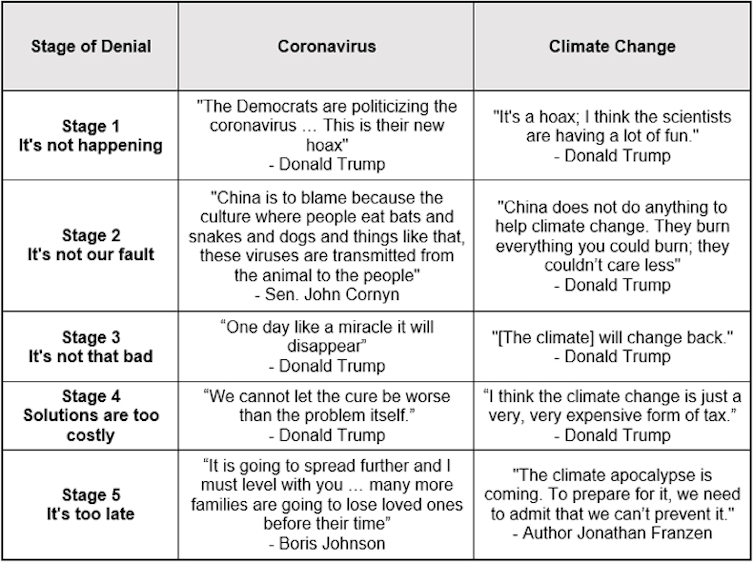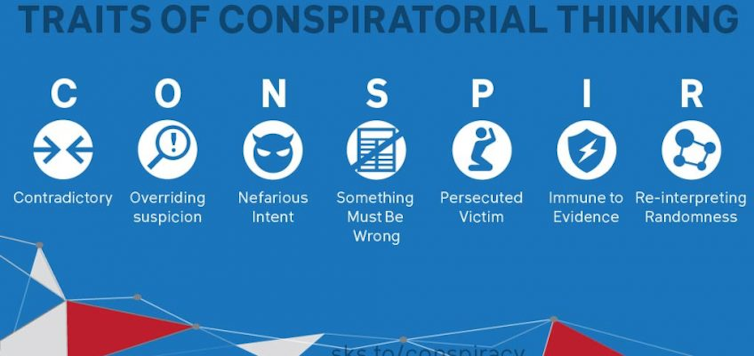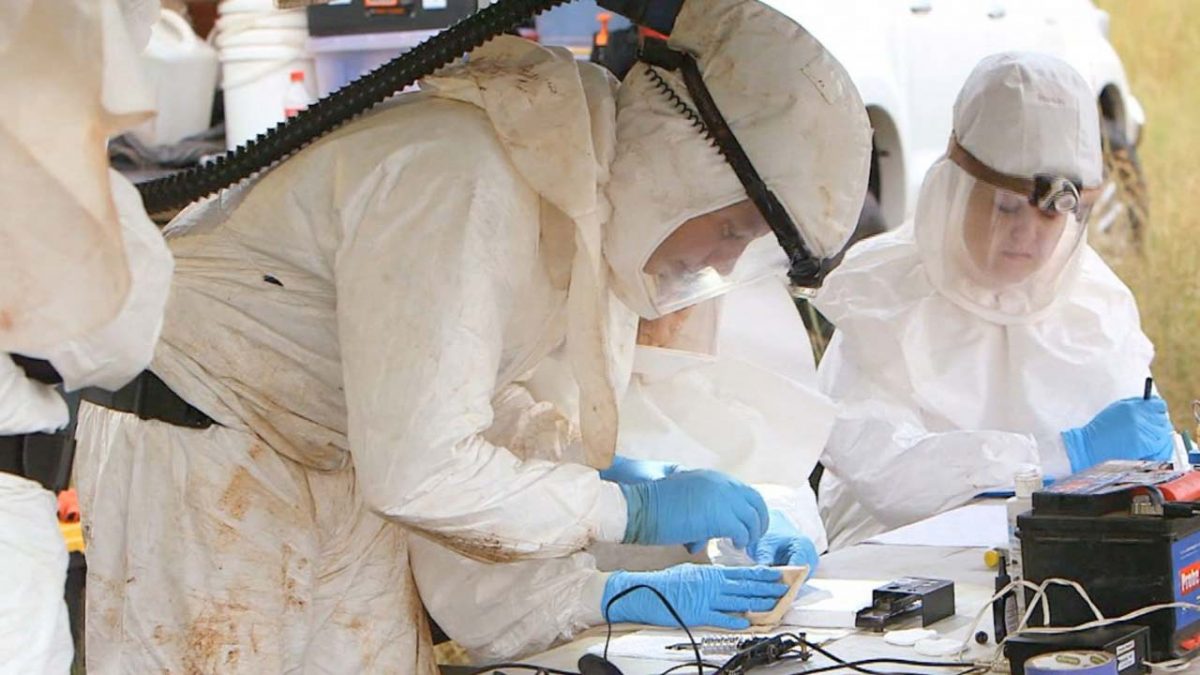As we all knew, social media platforms contribute to the problem of misinformation by providing the means for it to quickly and freely disseminate to the general public and also Conspiracy theories are dangerous – here’s how to stop them spreading?
The new virus was identified, along with its natural origins, and tests for it were rapidly developed. Labs across the world are racing to develop a vaccine, which is estimated to be still around 12 to 18 months away. The number of corona-virus infections and deaths continues to rise at an alarming rate, reminding us that this crisis is far from over. In response, the global scientific community has thrown itself at the problem and research is unfolding at an unprecedented rate.

At the same time, the pandemic has been accompanied by an infodemic of nonsense, disinformation, half-truths and conspiracy theories that have spread virally through social networks. This damages society in a variety of ways. The recent downgrading of COVID-19 death projections, which reveal the success of social-distancing policies, has been falsely used to justify premature relaxing of social distancing measures. This is the logical equivalent of throwing away your umbrella in a rainstorm because it’s kept you dry until then.

The new conspiracy theory that blames COVID-19 on the 5G broadband system is one of the most bizarre pieces of misinformation. There are several strains of this theory, ranging from the claims that 5G alters people’s immune systems to the idea that 5G changes people’s DNA, making them more susceptible to infection. Then there’s the idea that secret messages about 5G and corona-virus were hidden in the design of the new £20 note in the UK. In reality, 5G relates to viruses and bank notes as much as the tooth fairy relates to zoology – not at all.
The 5G conspiracy theory originated in early March when an American physician, Thomas Cowan, proposed it in a YouTube video (which has since been taken down by YouTube according to their new policy). Some people have taken this conspiracy theory so seriously that it led to people setting 5G towers in the UK on fire and threatening broadband engineers.
The conspiracy theory has begun to penetrate mainstream society. Among other celebrities, UK TV personality Eamonn Holmes and US actor Woody Harrelson have given fuel to the idea.
It is therefore unsurprising that the rhetorical techniques that are deployed against the seriousness of climate change are similar to those used to mismanage the COVID-19 crisis.

Challenging the logic:
Another way to neutralise conspiracy theories is through logic-based inoculation. This involves explaining the rhetorical techniques and tell-tale traits to be found in misinformation, so that people can flag it before it has a chance to mislead them. In the Conspiracy Theory Handbook, documented seven traits of conspiratorial thinking. Spotting these can help people identify a baseless theory.

One trait that is particularly salient in the 5G conspiracy theory is re-interpreting randomness. With this thought pattern, random events are re-interpreted as being causally connected and woven into a broader, interconnected pattern.
Of course, 5G has nothing to do with a virus. In the US, T-Mobile’s low-band 5G data is transmitted using old UHF TV channels. UHF TV did not cause corona-virus and neither does 5G.

How does social media platforms playing critical role?
Social media platforms contribute to the problem of misinformation by providing the means for it to quickly and freely disseminate to the general public. Given that 330,000 lives were lost in relation to AIDS in South Africa during the presidency of Thabo Mbeki, when denying the disease’s link to HIV was official state policy. Given that people are now vandalizing potentially life-saving communication infrastructure, social media companies should not aid and abet the life-threatening disinformation that is spewed by a nexus of science deniers and conspiracy theorists.
Slight reference were taken from source ‘theconversation’


